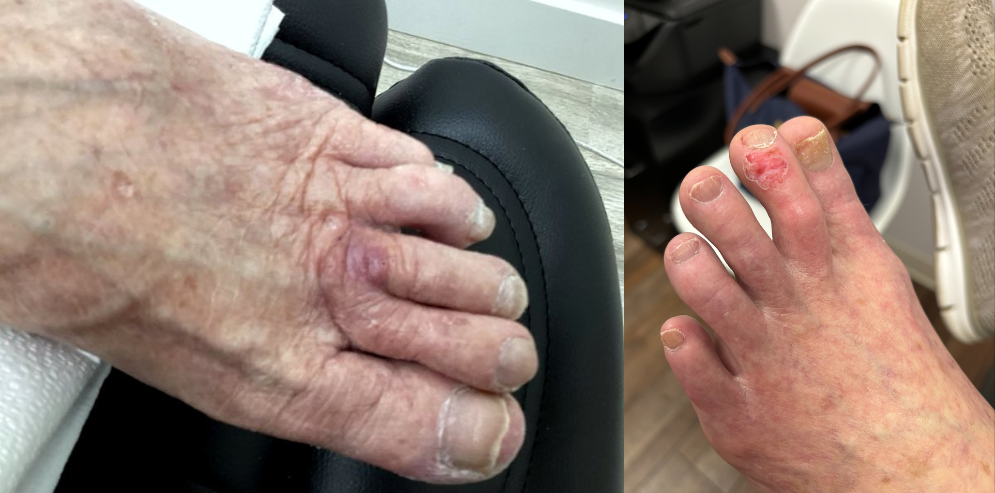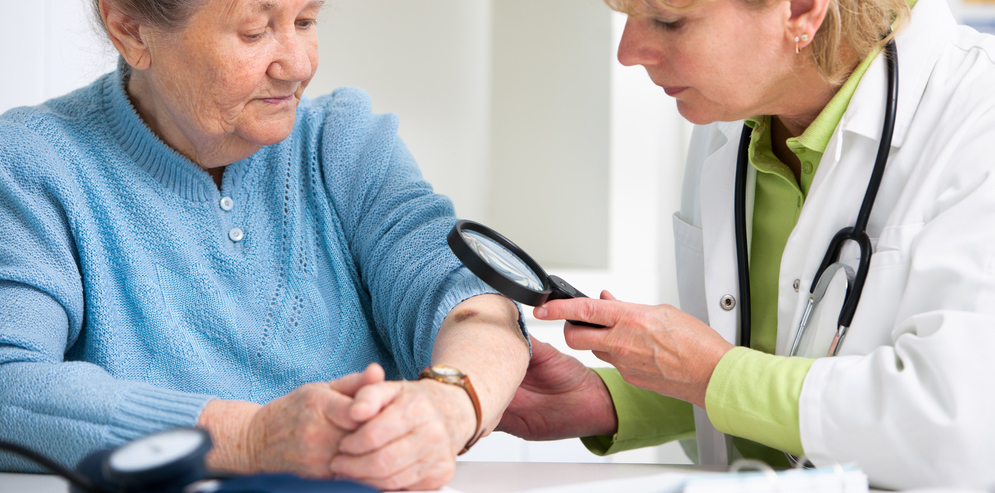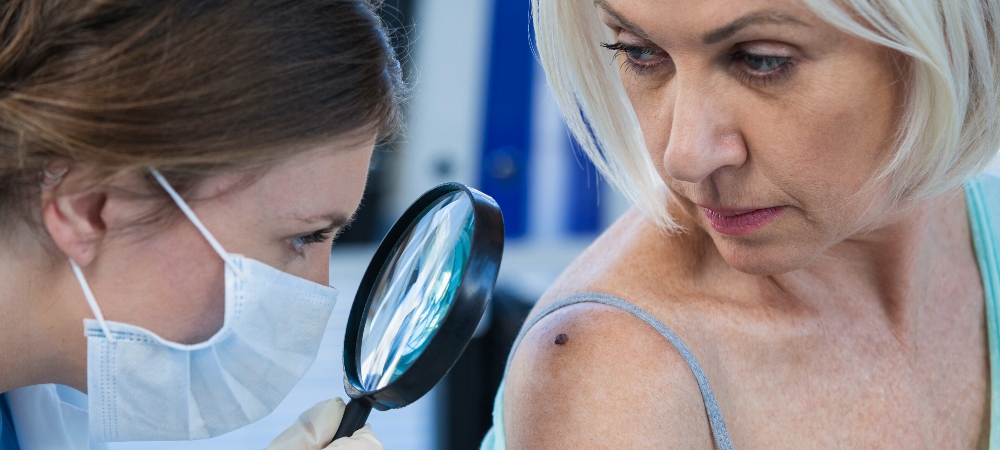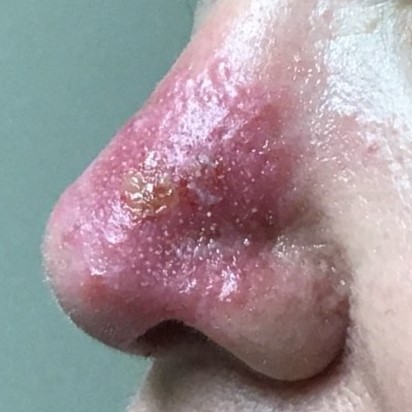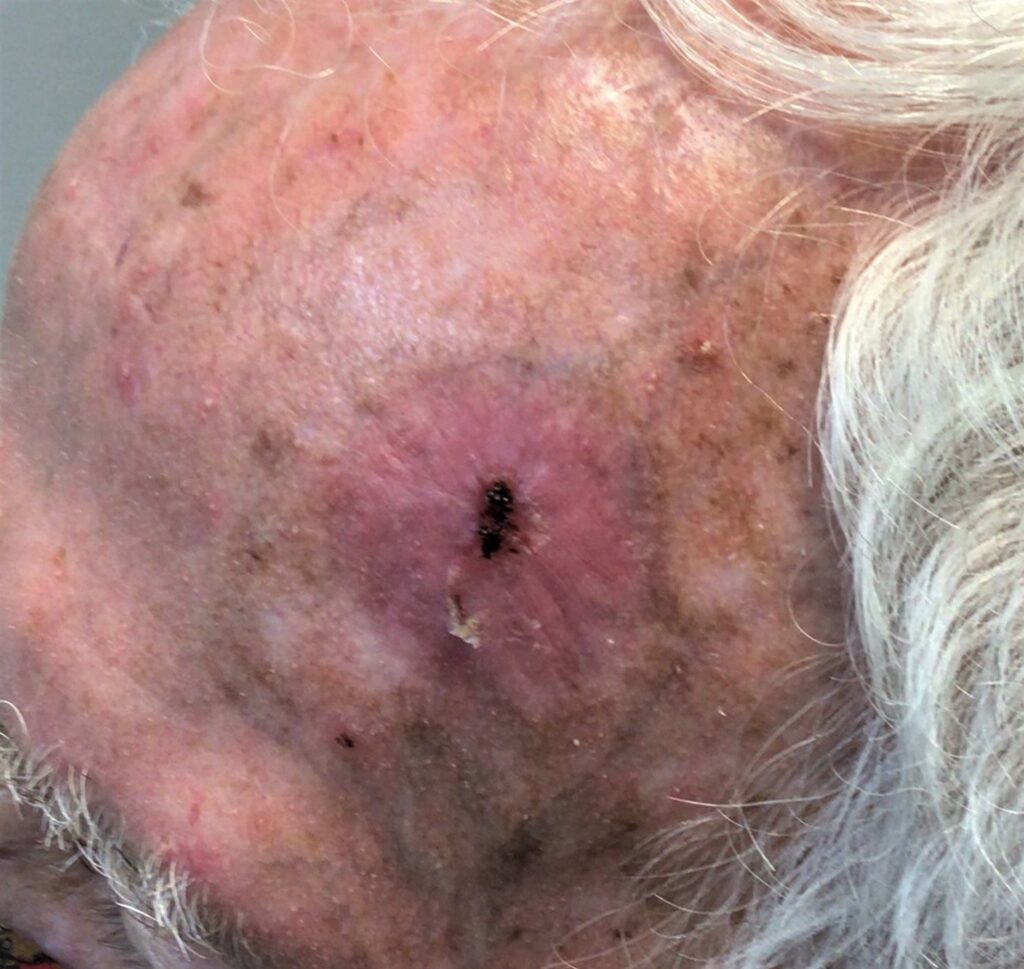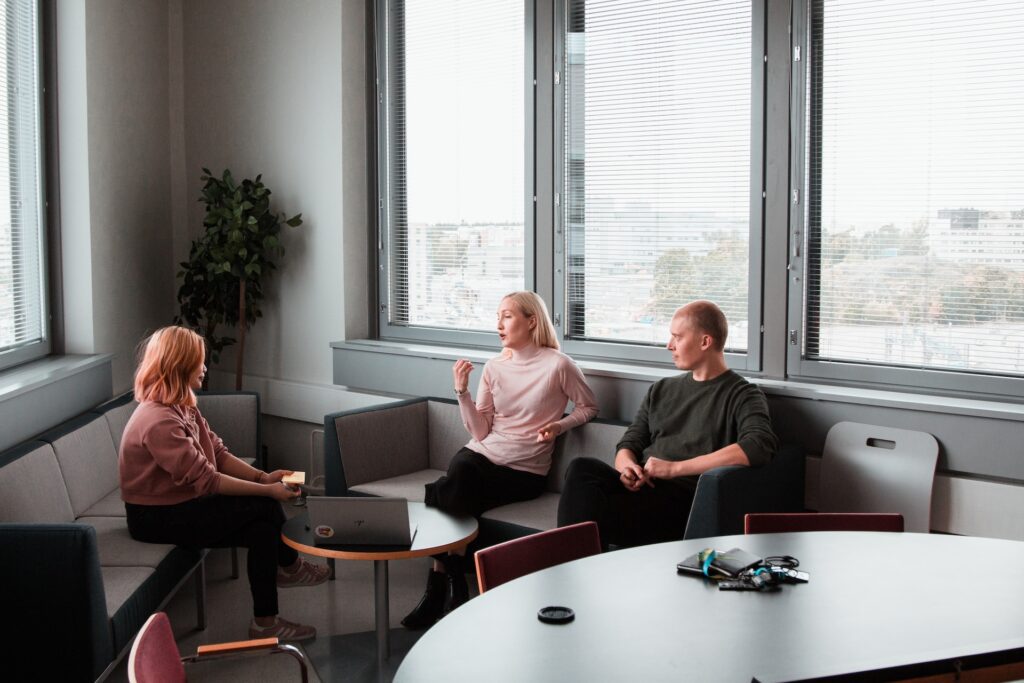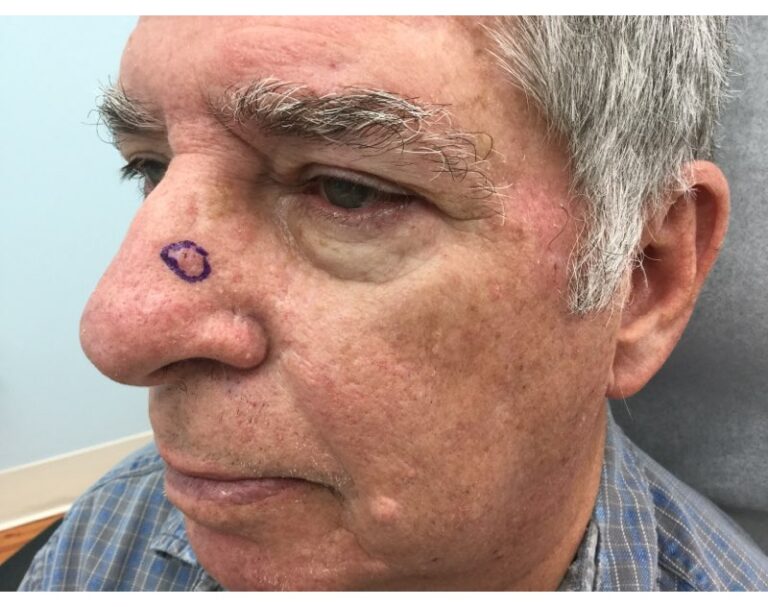
The potential side effects of Mohs surgery include pain, tenderness, swelling, scarring, and more. They can vary on an individual basis: some people who treat their skin cancer with Mohs surgery may experience no side effects, while others might experience several.
If you’re at all concerned about these side effects, or if you’d like to pursue skin cancer treatments that will not interrupt your daily life, you should also learn more about GentleCure™ (which uses Image-Guided SRT), a surgery-free cure for common skin cancers. Make an informed decision by speaking with your doctor, and learn more about the differences between Mohs surgery and Image-Guided SRT with GentleCure.
What is Mohs Surgery?
Unlike Image-Guided SRT, which uses x-ray energy to kill cancer cells, Mohs surgery involves removing layers of skin until there are no signs of cancer. The layers are examined and tissue is removed until skin cancer is no longer present. According to The Skin Cancer Foundation, Mohs surgery is performed by doctors who are trained to do one of three things: remove the cancerous tissue, analyze the samples, and reconstruct the wound. Wound care is also an important part of aftercare. Sometimes, the wound is left open to heal or the surgeon may use stitches to close it. Instructions and medications are given to the patient to prevent infection.
Reconstruction is an step in the process of Mohs surgery that patients should be aware of before going through with the treatment. It’s not needed in all cases, but it’s common enough to be a serious concern, especially if the skin cancer area is on the face, neck, or another exposed area of the body. Reconstruction can be done with skin flap or skin graft — both of which involve moving tissue from another area of the body to the surgery site. Consultations and further surgery with a plastic surgeon, oculoplastic surgeon, or hand surgeon may also be necessary, depending on the case.
Potential Side Effects of Mohs Surgery
Everyone’s experience with Mohs surgery is different. Side effects may occur immediately after surgery or in the days and weeks that follow. Additionally, they may be more or less severe depending on factors like the size and location of the wound. For example, the side effects of Mohs surgery on the scalp of one patient may differ from those experienced by a patient who had Mohs surgery on their shoulder.
Possible side effects of Mohs surgery may include:
- Pain, tenderness, or a burning sensation of the wound and the surrounding skin
- Bleeding and bruising
- Infection
- Swelling
- Scarring
- Numbness or nerve damage to the skin surrounding the wound (nerve damage may last for several months, or in some cases may be permanent)
Following Mohs surgery, some people who receive the treatment are prescribed an antibiotic to help prevent infection. In some individuals, the antibiotics may cause additional unpleasant side effects like nausea and indigestion.
Are There Alternatives to Mohs Surgery?
Many people who pursue skin cancer treatment will only experience mild discomfort following Mohs surgery. However, the very possibility of severe side effects—and the accompanying impact to daily life—is a concern for many people. In fact, one-in-three Mohs patients will require cosmetic surgery following their Mohs procedure.
The good news is, for basal cell and squamous cell skin cancers—the most common forms of the disease—Mohs surgery is just one of your options.
If you are interested in a surgery-free cure for skin cancer, consider Image-Guided SRT. This highly effective treatment requires no cutting, meaning there is no potential for side effects like bleeding, scarring, or infection. Instead, Image-Guided SRT treats basal and squamous cell skin cancers with targeted radiotherapy. Treatment is completed by a radiotherapist in a dermatologist’s office, and you won’t have to schedule downtime to care for your wound. Skin reactions to Image-Guided SRT are typically very mild, and many will experience no side effects at all.
Consider GentleCure, a Surgery-Free Alternative to Mohs
If you are interested in a surgery-free cure for skin cancer, consider GentleCure. This highly effective treatment utilizes Image-Guided SRT and has a 99%+ cure rate. It requires no cutting, meaning there is little to no potential for side effects like bleeding or surgical scarring. Instead, GentleCure treats basal and squamous cell skin cancers with targeted radiotherapy.
Treatment is completed by a radiotherapist in a dermatologist’s office, and you won’t have to schedule downtime to care for your wound. Skin reactions to Image-Guided SRT are typically very mild, and many will experience no side effects at all. You can continue to do the things you love without interruptions. Based on the results from our satisfaction survey, more than 99% of patients who underwent Image-Guided SRT treatment gave their overall satisfaction a 3 or 4 star rating.
Call to Learn More About GentleCure™
Want to learn more about GentleCure? To find out how this surgery-free cure for skin cancer works, call the GentleCure team at 855-936-4411 to speak with a skin cancer information specialist today. There are hundreds of dermatology practices in the United States offering GentleCure / Image-Guided SRT; talk to your doctor to find out if GentleCure could be the right choice for you!
